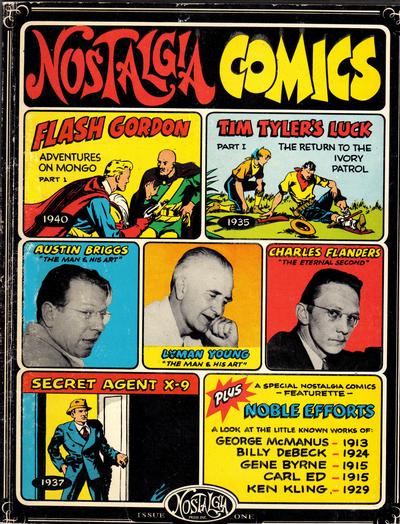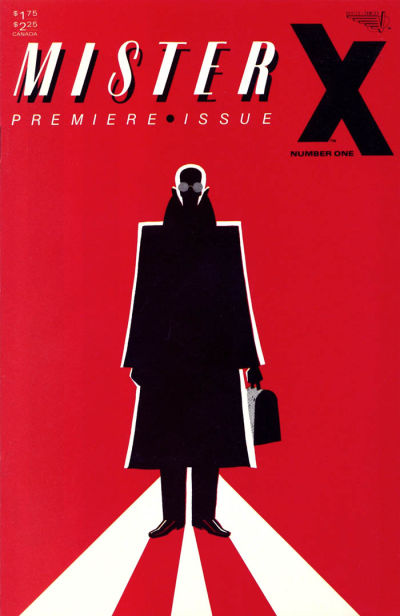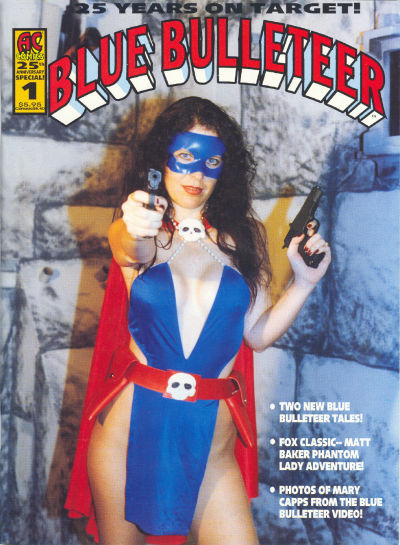It’s always hilarious when funny animal characters own pets.

One of those series I only got through buying back issues when I came across them, which is why issue 7 is the earliest one I have. “Omaha” the Cat Dancer was a long running funny animal, or rather, furry comic that got its start in various underground anthologies zines in the late seventies and then its own series from Kitchen Sink in 1984. Why there were quotation marks around Omaha in the title I still don’t know. Created by Reed Waller, with art and later also writing by Kate Worley it lasted some twenty issues there, plus a few more at Fantagraphics. By 1995, after Worley had been in a car accident and Waller had gotten bowel cancer, they split acrimoniously and the story would not be completed until 2006, at which time Worley had sadly passed away from cancer.
A rather unhappy history, which may explain why this series is now relatively obscure when it was critically well received at the time. It may seem a bit strange now, but furry comics were actually a not inconsiderable part of the direct market back in the eighties, featuring some of the most interesting work done — even Fantagraphics had Dalgoda and Usagi Yojimbo after all. And while the cover here is cute, Omaha was far from a kid friendly funny animals series, but one in which sexuality and queerness were an integral part of the story. These animals fucked and fucked uncensored.
Which, in the rather puritan America of the Reagan and Bush years put it right in the firing line at a time when comics had once again come under scrutiny from the usual crusaders for decency and cleanliness. In 1986 the manager of the Friendly Frank’s comics store was arrested and prosecuted for distributing obscene material, which included Omaha. This, as it did in the 1950s put the fear of god into the comics industry and led to a lot of self censhorship and refusal to carry certain titles by distributors and shops, something Omaha also suffered from.
No wonder then that one of the ongoing subplots in the series was about similar attempts to regulate strip clubs in Mipple City, the fictional not in anyway based on Minneapolis twon in which the series is. Omaha, the “Cat Dancer” is herself an erotic dancer; her boyfriend Chuck is heair to a wealthy business tycoon. While the series started mostly focused on the political and the theme of censorship, it quickly became much more interested in the relationships between its characters. Kate Worley called it an “adult funny-animal soap opera” in an interview in Comics Scene 17 which covers it well. It’s not just Omaha and Chuck, but there’s also their gay friend Rob who gets to be sexually active in its pages as well as Omaha’s best friend Shelley, who ended up in a wheelchair after an accident. The topic of her sex life and whether that’s even possible comes up in this very issue.
Having only a few issues of this series, it’s a pity the collected editions seem to be out of print.



